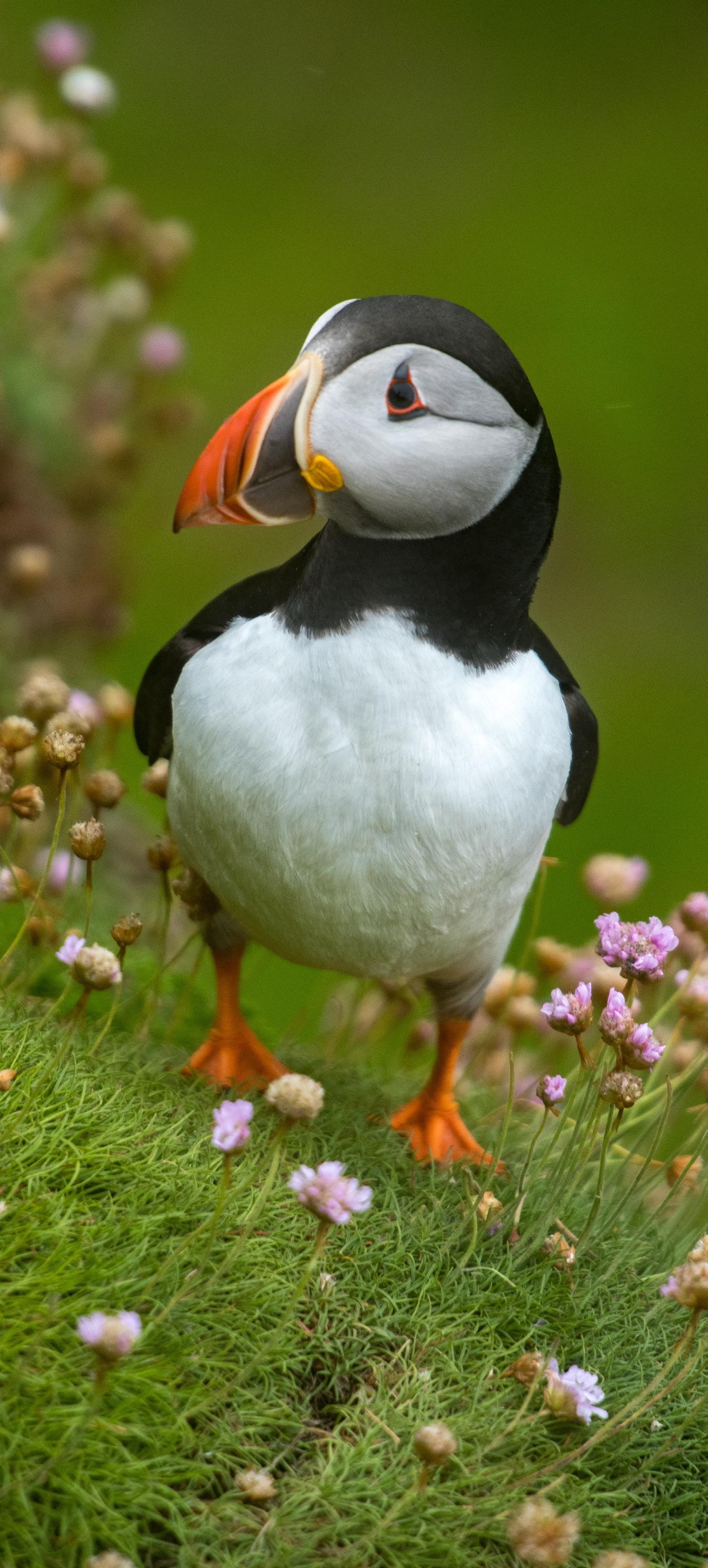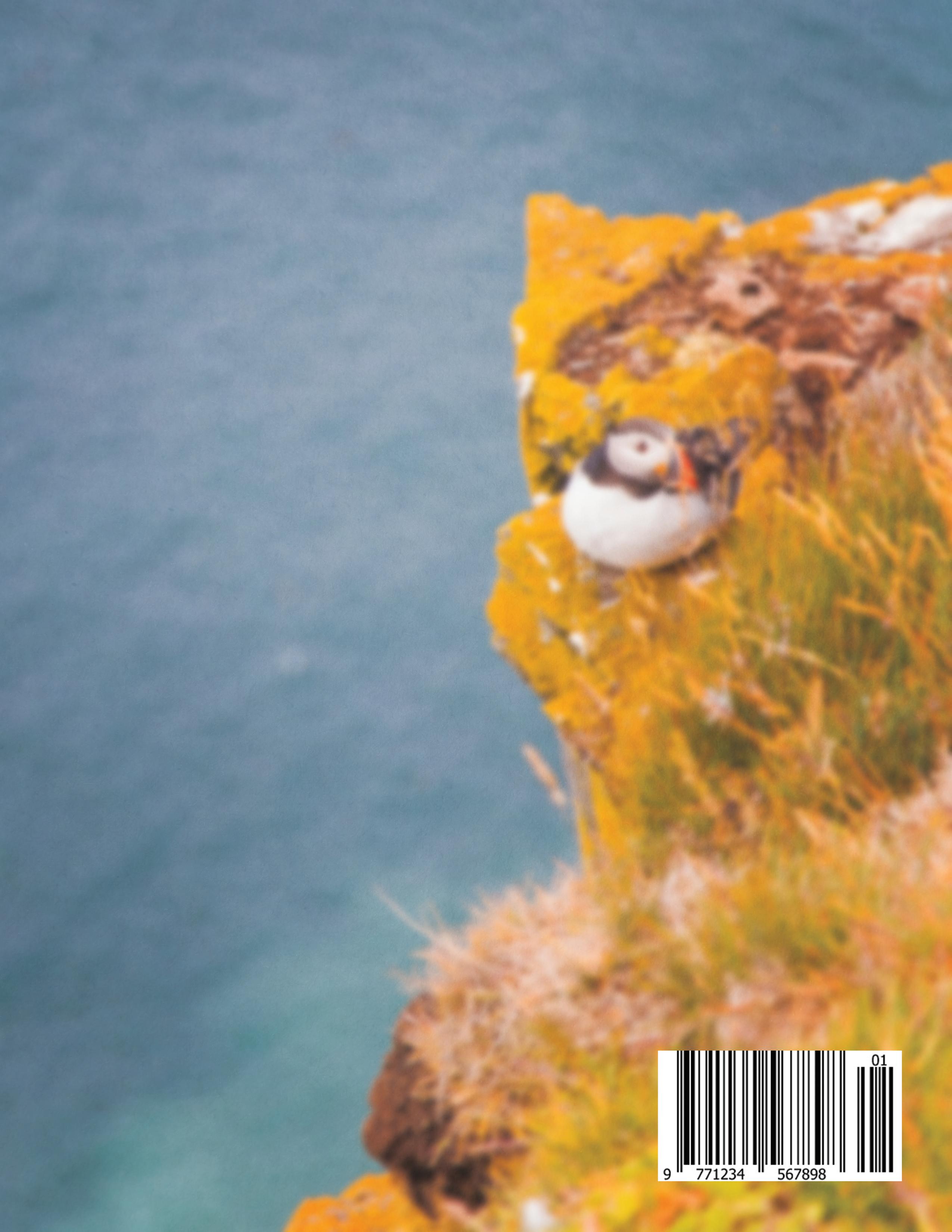
6 minute read
PUFFIN PATROL
The Rainbow Road and The Blue Church are just two of the amazing sights you will find in eastern Iceland. A short distance from the Ring Road, Seydisfjordur is a great place to enjoy Icelandic food, nature, and festivals! Another thing that Iceland is known for is its waterfalls. They are amongst the lovely natural features that visitors can enjoy. Seljalandsfoss, Thorsmork Located on the south coast, this beautiful waterfall is almost 200 feet high, the water cascading down from ancient cliffs into a pool.
Reykjavik is 90 minutes away by road, and the falls are close to the Ring Road. Seljalandsfoss lies on the Seljalandsá River that flows from the Eyjafjallajokull Glacier. Its appeal is increased because you can walk behind it. That provides a great perspective but you will need some waterproof clothing or you will get soaked. The trail closes in the winter because it is slippery and potentially dangerous.
Advertisement
An incredible country to visit, Iceland has a wealth of breathtaking scenery which visitors will absolutely adore. Its desolate and wild landscapes are mesmerizing, and exploring its glaciers, mountains, geysers, and national parks is simply an unforgettable experience. With some amazing wildlife, as well as the Blue Lagoon and the Northern Lights, visitors to Iceland are sure to come away delighted with all that they’ve seen and done.
To learn more about tours, hotels, when to travel, and the most popular waterfalls to visit, please visit thecrazytourist.com, and in the search bar, type "iceland."
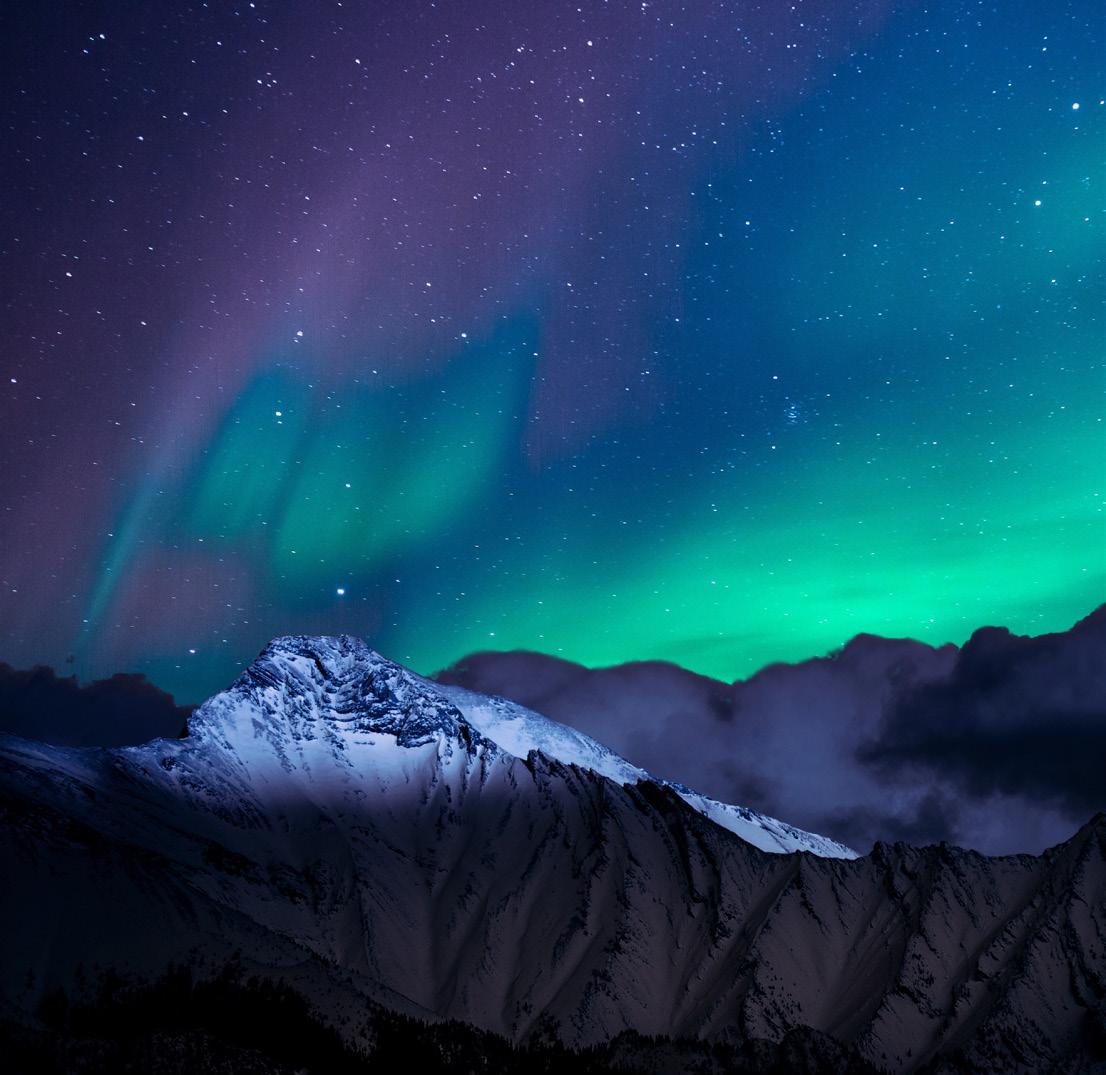
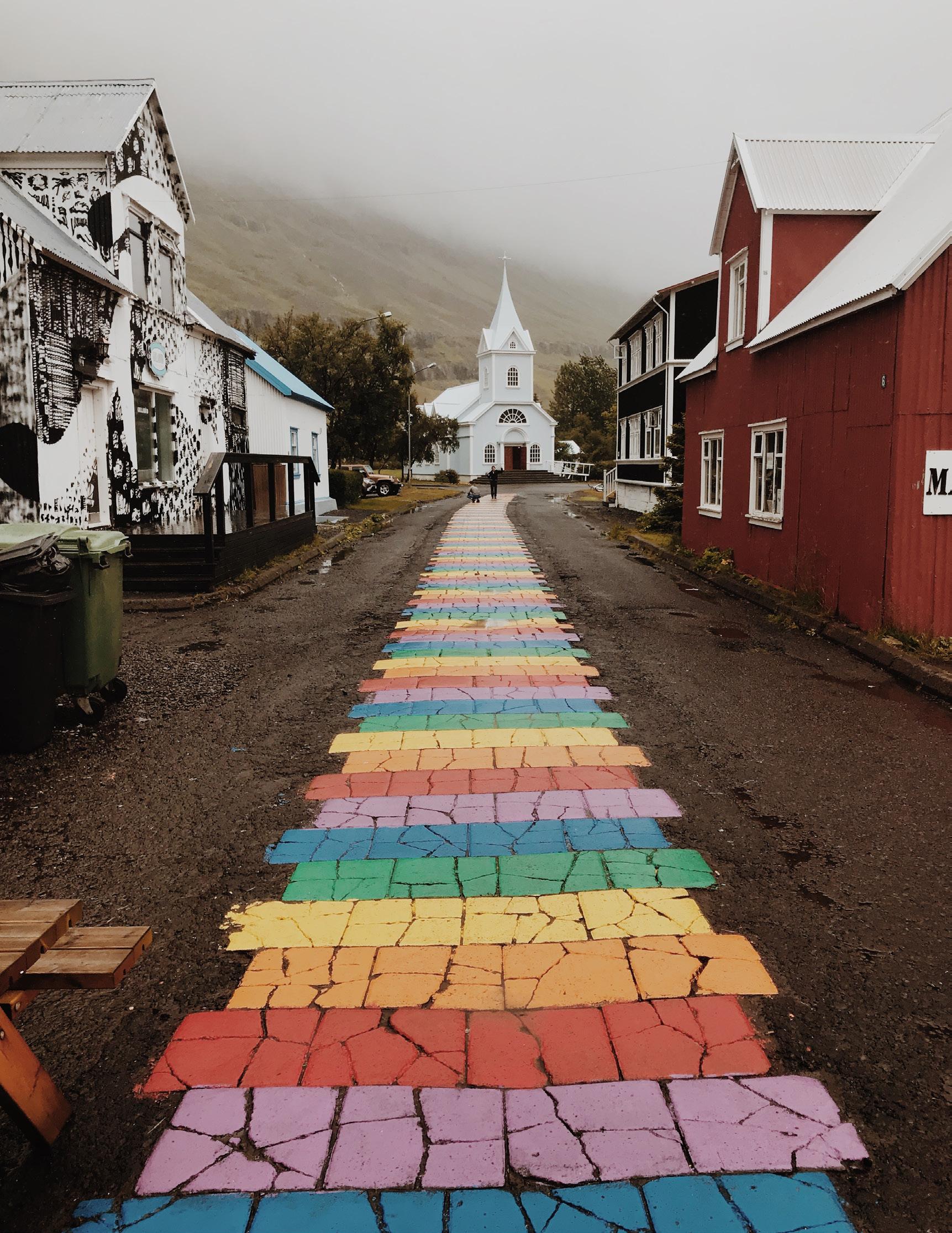
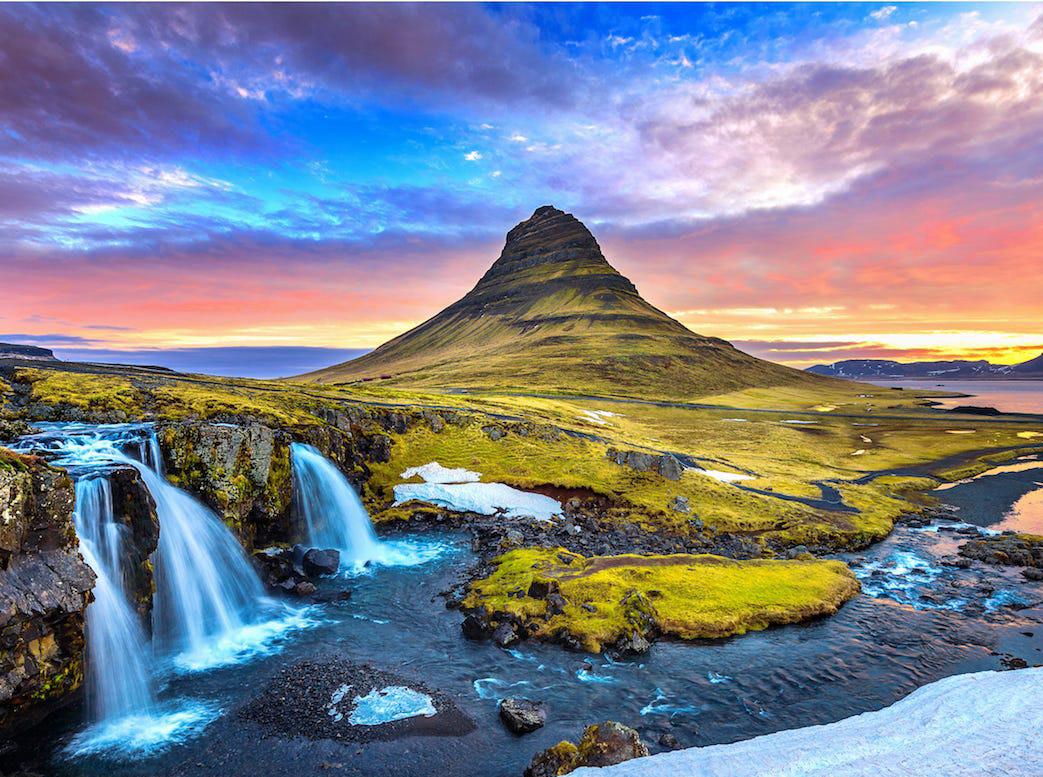
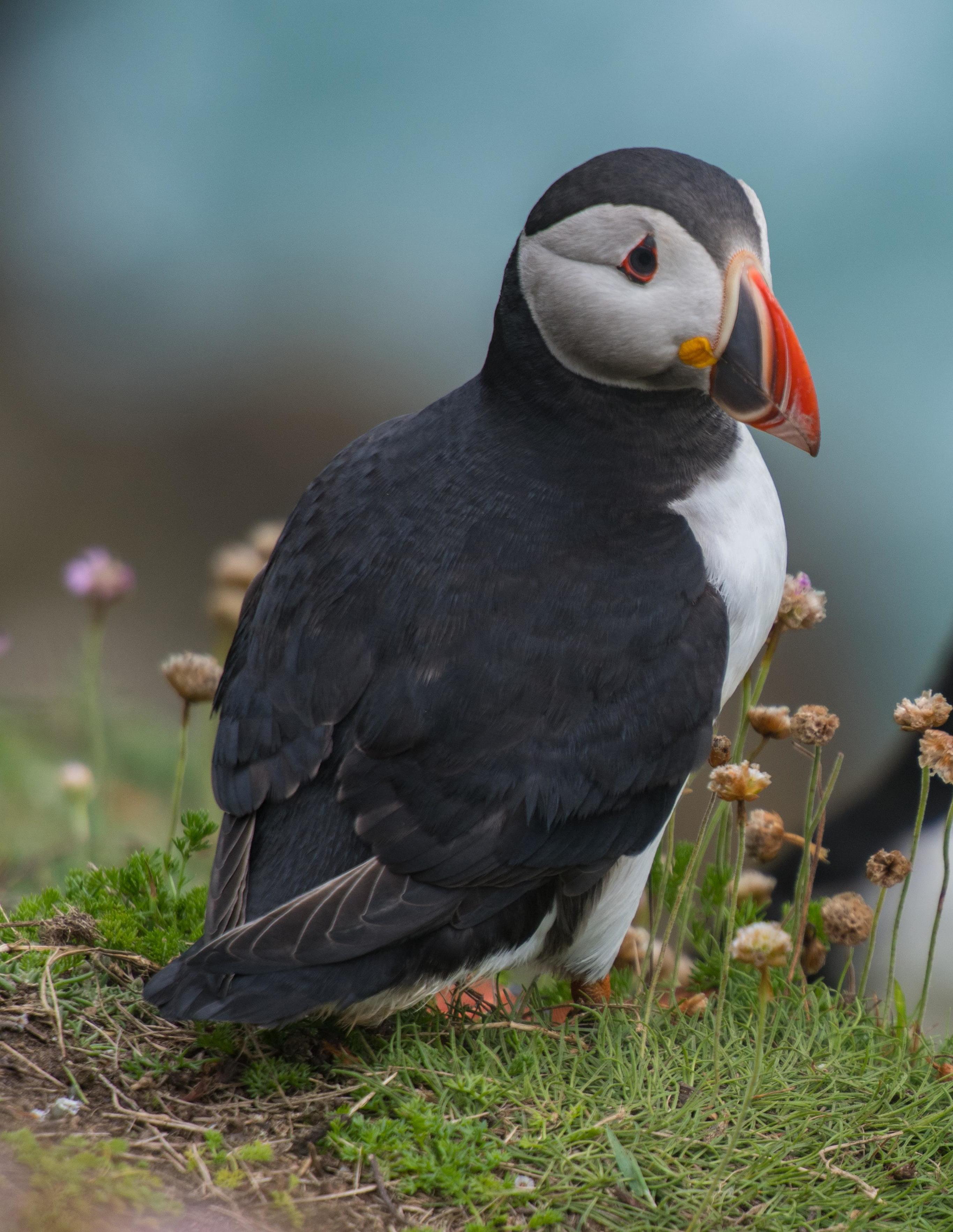
PUFFIN PatroL
Puffling season is in full swing on the Westman Islands, where young and old alike are hard at work returning disoriented Puffin chicks to the sea, RÚV reports. As summer draws to a close, the chicks head out to sea, but some are disoriented by the lights of the town, which they mistakenly see as stars reflected in the ocean. Volunteers have been busy: South Iceland Institute of Natural History Director Erpur Snær Hansen says there are 50% more pufflings this year than last. As of yesterday, the number of rescues had reached 2,131.
They weren't visible at first, but out of the mist, there they were -- like giant,moss-covered icebergs.
The Westman Islands poke out of the Atlantic just off the southern coast of Iceland. None of the islandsare inhabited, save one -- the island of Heimaey, and even it almost wasn't. A volcano erupted back in 197 forcing the evacuation of everyone there. There are now about 4,500 hearty souls who live in this fishing village. But they weren't who Cowan came to visit. He came to see the residents perched high in the cliffs: the island's Atlantic Puffins. They're impossibly cute -- even if birding isn't your thing. Their colorful beak inspired their nick-name "Clowns of the Sea." And every Spring, they make these islands their big top. They couldn't be more celebrated here; a six-foot puffin statue greets tourists in the harbor. The street signs bear their beak; so do the benches. And there is plenty of puffin paraphernalia for purchase.

Puffin population on the mend?
Instinct tells baby puffins to follow that moonlight out to sea. But the lights from Heimaey's harbor have given the moon some competition. Many pufflings get confused and fly toward the lights of town instead, where they either starve or end up in the clutches of a hungry cat.
And that's when something called the Puffling Patrol -- armed with headlamps and flashlights. Westman Islands residents and visitors have partaken in puffling rescue operations, known as the Puffling Patrol, for many years. Volunteers head out in the middle of the night to scour the town for confused chicks, which are collected in cardboard boxes and released at sea. Low puffling numbers in recent years mean boxes have been somewhatempty, but the outlook is changing for the better. “There are 50% more pufflings in the burrows than last year after they died, so I roughly estimate there are about 50% more, which is then about 10,000, and that’s [similar to numbers] before the turn of the century,” Erpur stated. Pufflings were everywhere, and so were their pint-sizedrescuers -- which explained the charming sight the following morning when a parade of kids, bundled against the cold -- some barely old enough to walk -- bringing their catch to the shore and setting their pufflings free.
All those kids with all those boxes first bring their puffins to the local aquarium. This is where kindness and science meet. Each puffling is weighed, its wingspan measured, and all their puffin particulars are entered into a handwritten journal. They're tagged, too, each given their own number. There's an understanding, it seems, between bird and child -- an unspoken promise that is kept as soon as they're both back at that wind-swept cove -- where friendship is traded for freedom.
Over 5,000 pufflings were scooped up, tagged, and put back on course this season -- one of the largest rescue seasons in over a decade. If all goes well, they'll return from the open ocean to raise their own chicks here
Pufflings on a diet
The pufflings this year are, however, lighter and skinnier than in previous seasons, a change which Erpur attributes to their diet. Sandeel, usually the puffin’s main food source, has been late to the party this summer. This summer’s pufflings have instead been feeding mainly on northern krill.
“It’s quite nutritious. There’s very little fat in it and that means it has slowed the pufflings’ growth,” Erpur says. “It could be said they have been put on a diet.”
Oil pollution worrying
It’s not always possible to save disoriented pufflings that head into town instead of out to sea. According to Erpur, oil pollution in Heimaey harbour is worsening. “It’s sort of persistent and the harbour is kind of long and narrow, so if anything comes into it, it stays there for a long time. The situation is not good enough and I think something
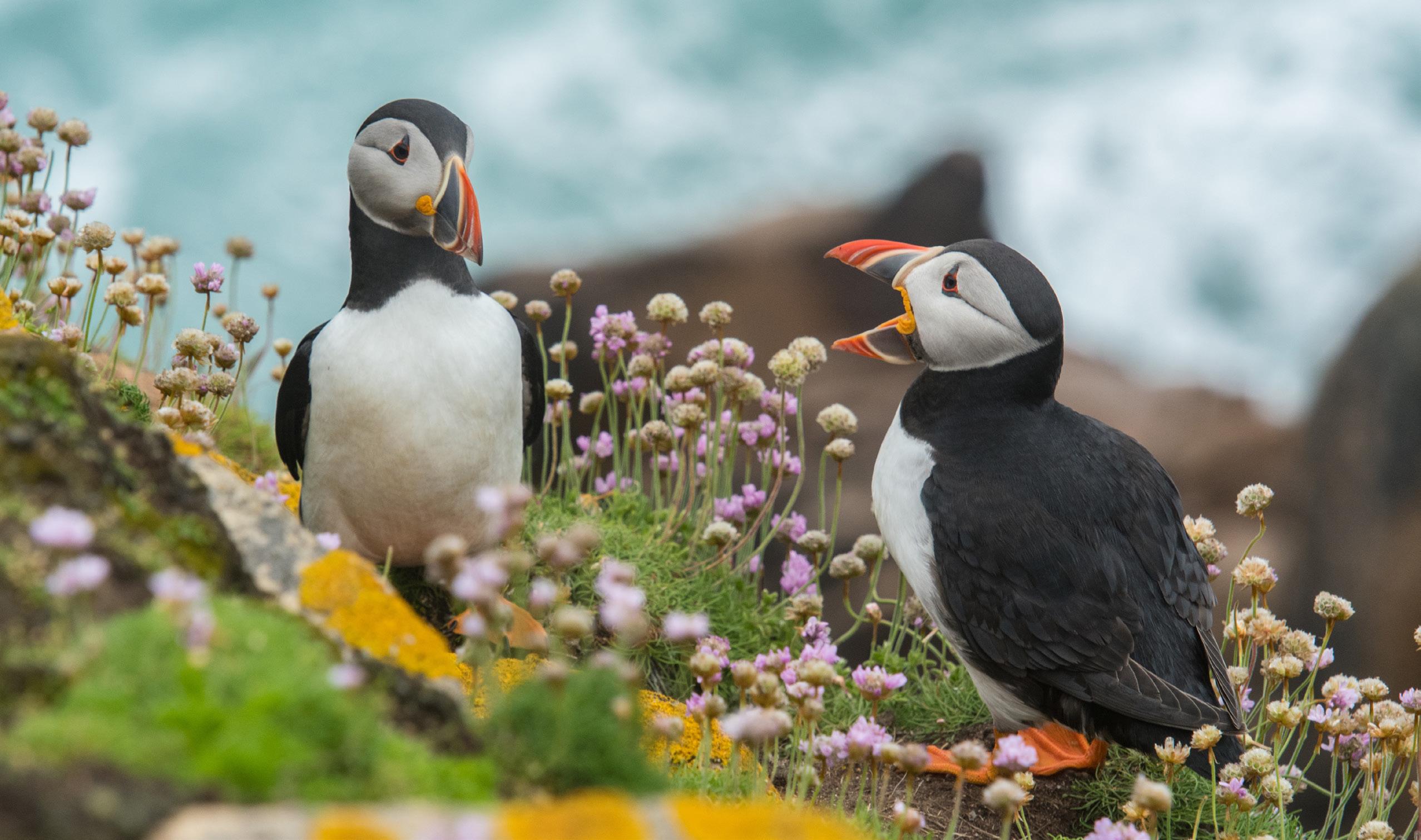
needs to be done about it.” Nevertheless, Erpur says, it’s been a successful breeding season for puffins around Iceland. Withouth a doubt, volunteers have been busy: South Iceland Institute of Natural History Director Erpur Snær Hansen says there are 50% more pufflings this year than last. As of yesterday, the number of rescues had reached 2,131.
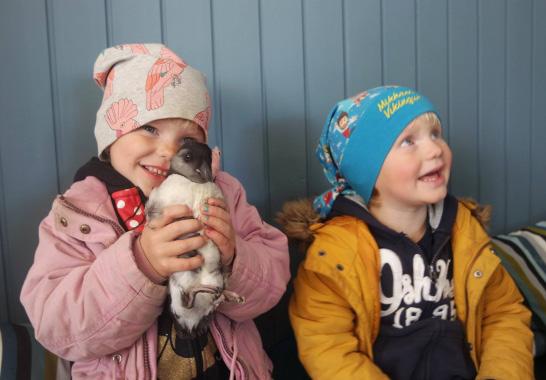


DID YOU KNOW?
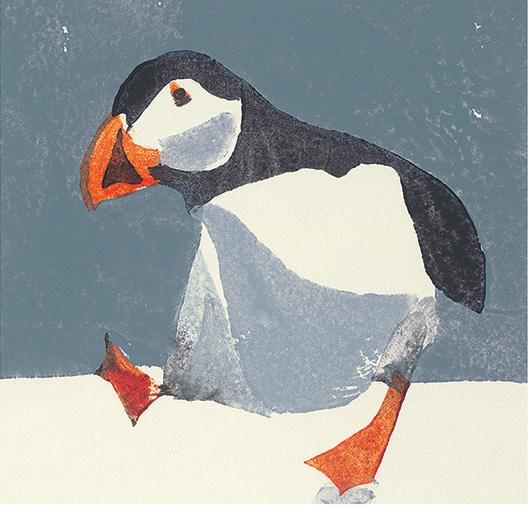
A puffin’s beak (or bill) changes colour during the year. In winter, the beak has a dull grey colour, but in spring it blooms with an outrageous orange!
Puffins have just one puffling each year, and they usually have one partner for their lifetime.
Puffins are carnivores and live off small fish such as herring, hake and sand eels.
Puffins are fantastic flyers, flapping their wings up to 400 times a minute and speeding through the air at up to 88km an hour.
What’s more, these brilliant birds are great swimmers, too! Using their webbed feet as a rudder, puffins can dive down 60m under water in search of their favourite fish.
Puffins spend most of their lives out at sea, resting on the waves when not swimming. Their range spans the eastern coast of Canada and the United States to the western coast of Europe.
There are actually four species of puffin: you have the Atlantic puffin, horned puffin, tufted puffin, and rhinoceros auklet.
